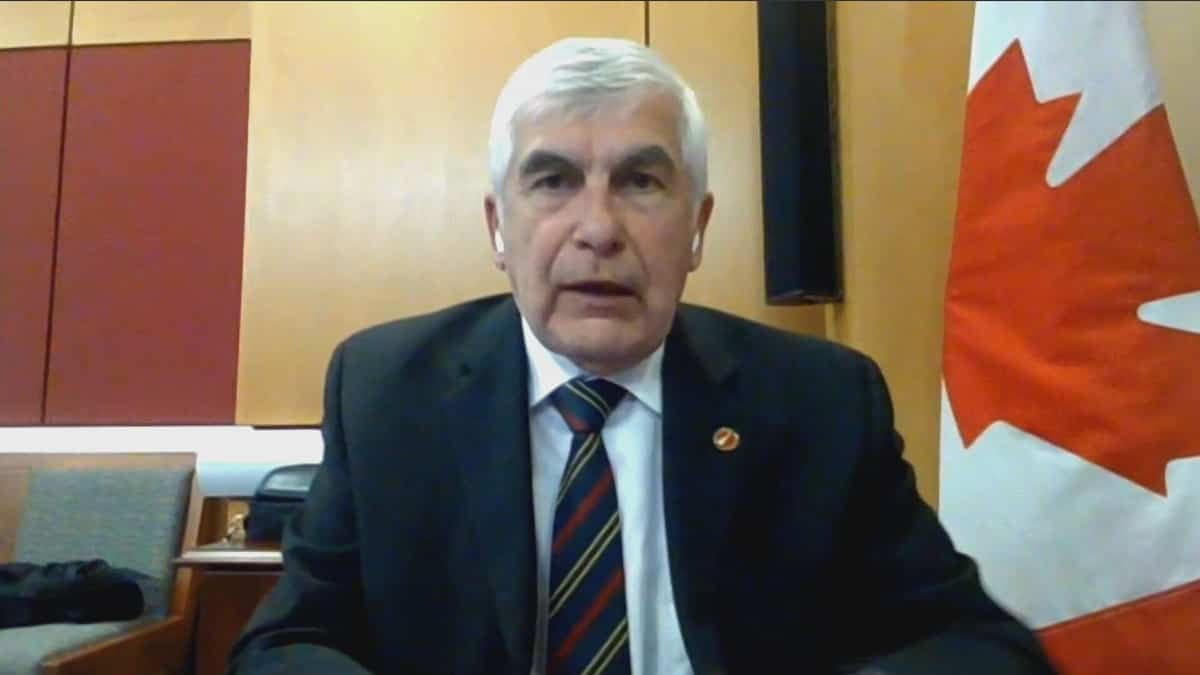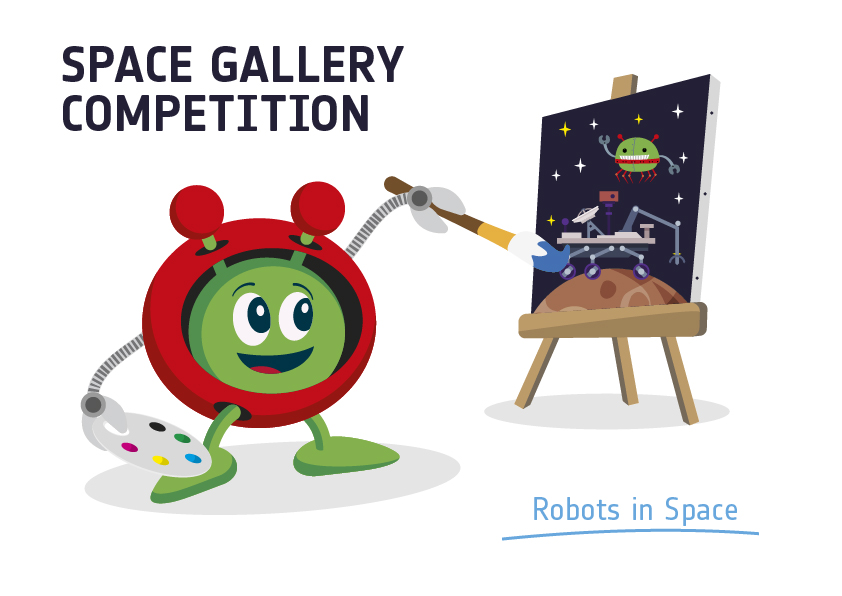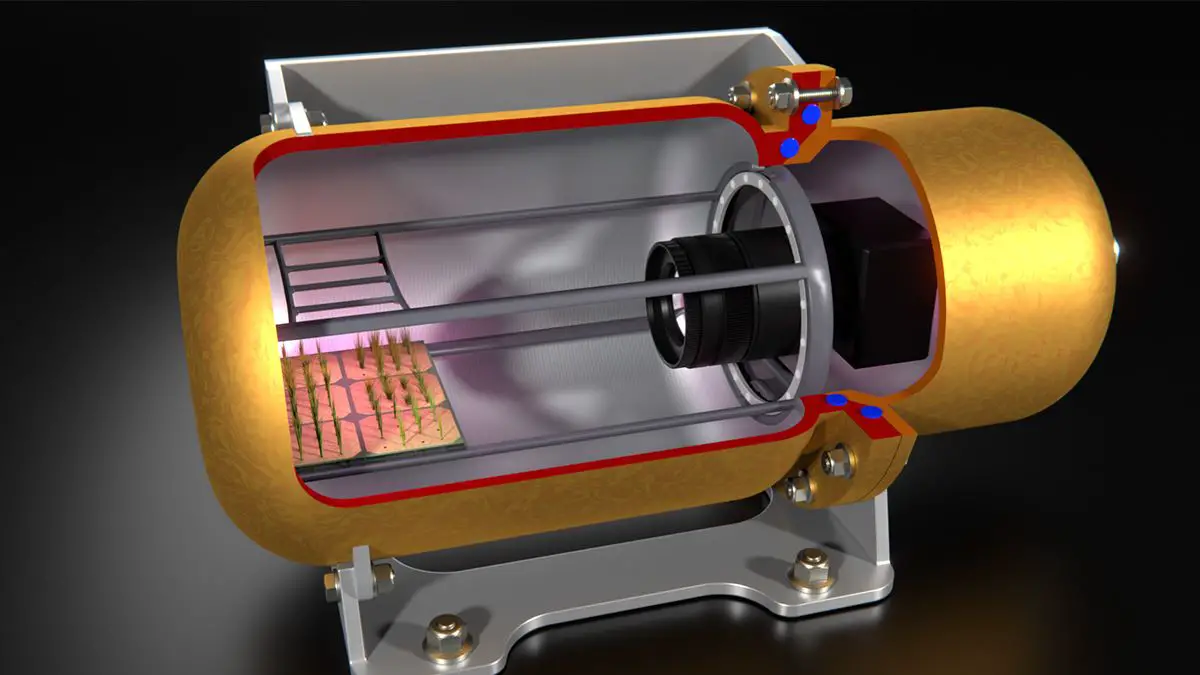project Australian Lunar Experiment to Promote Horticulture (ALEPH) Led by local startup Lunaria One. It accounts for the participation of major Australian universities such as RMIT, QUT and ANU and other industrial institutions. It received $3.6 million in funding from the Australian Space Agency’s Moon to Mars initiative.
The possibility of growing seedlings on the lunar surface is not only of fundamental biological interest for future space exploration, but can also teach more about plants growing in the context of climate change on Earth.
Transport and germination issue
Lunaria One co-founder and chief engineering officer at RMIT’s School of Engineering, Dr Graham Torrington, said the seeds and plants would be transported in a specially designed, hermetically sealed chamber. Equipped with sensors, water and a camera, it will be on the lunar lander planned for 2026.
One of the main challenges of the project lies in the design of the chamber to maintain optimal conditions for germination on the surface of the moon, where the temperature of the outer surface varies. 80°C and tanks at -180°C.
In addition, the chamber must be lightweight – no more than 1.5 kg – and able to operate at minimum power when transmitting data to Earth via the lander, with data rates below 40 kb/s.
Strict selection of seedlings
One of the plants being considered for the job jackfruit (Brassica napus), a plant with yellow flowers cultivated for various food products and industrial applications. Preliminary results suggest that it may be a good candidate because of its extreme temperatures and its rapid germination.
Once landed on the lunar surface, plant growth and general health will be monitored and data and images sent back to Earth. RMIT will also provide IT expertise for the data abstraction required for this part of the process.
Potential impact on landscape agriculture
This interdisciplinary research project can provide valuable information on how to support horticulture in Earth’s extreme climate.
According to Professor Ian Burnett, Vice-Chancellor of the College of STEM and Vice-Chancellor of RMIT, the development of this lunar payload represents a great opportunity to meet serious engineering and biological challenges. Study.
A participatory project
Citizen scientists and school children around the world will be encouraged to use this data to conduct their own experiments to determine which plant species have the best potential for growing on the Moon. Lunaria One director Lauren Fell said the core value guiding the program is that space exploration is for everyone.
The project aims to make the science and engineering behind the development of life on the Moon accessible so that everyone can participate.
Artificial
The plan is sure ALEPH It represents a major advance in the understanding of horticulture in extreme environments, leading to significant advances in landscape agriculture. Several technological and biological challenges, including extreme temperature variations on the lunar surface, create obstacles to overcome.
Also, the participatory nature of the program aimed at involving the general public in space exploration is definitely a positive aspect.
For better understanding
What is the ALEPH Project?
The Australian Lunar Experiment Promoting Horticulture (ALEPH) project is an Australian initiative to research seedlings growing on the lunar surface. The project is funded by the Australian government and involves a collaboration between the start-up Lunaria One and several major Australian universities.
What are the challenges of this project?
There are many challenges in creating a grow room that can withstand the extreme conditions of the lunar surface, from selecting plants that can germinate in such conditions. Additionally, the collected data must be transmitted to Earth at a very low rate.
What is the purpose of this project?
The aim of the ALEPH project is to study the possibilities of growing plants in extreme environments, information useful for future space exploration, but also agriculture on Earth in the context of climate change.
Which plants are planned for the task?
Rapeseed (Brassica napus) is one of the plants currently being considered for the task, due to its tolerance to extreme temperatures and rapid germination.
Who can access the collected data?
The project aims to enable citizen scientists and school children around the world to use the data to conduct their own experiments. Space exploration is for everyone, and this project aims to make the science and engineering behind the development of life on the Moon accessible to everyone.
What are the potential benefits of agriculture on Earth?
Knowledge gained from this project on how to support plant growth in extreme environments can be directly applied to agriculture on Earth, particularly in extreme climates.
What are the potential obstacles to this project?
Obstacles are numerous, particularly technical challenges related to the design of a light culture chamber that can withstand the extreme conditions of the Moon and data transmission at very low speeds. In addition, the plants selected must be able to germinate and grow under extreme conditions of temperature and gravity.
Artist’s rendering of the ALEPH-1 capsule, showing the seedlings and camera inside. Copyright: Arthur Georgalus, RMIT University 2022.
[ Rédaction ]

“Certified food fanatic. Extreme internet guru. Gamer. Evil beeraholic. Zombie ninja. Problem solver. Unapologetic alcohol lover.”







More Stories
OECD revises its global growth outlook upward for US performance
Crime and muse dominate the countryside
Two men have been charged with cutting down England's iconic tree